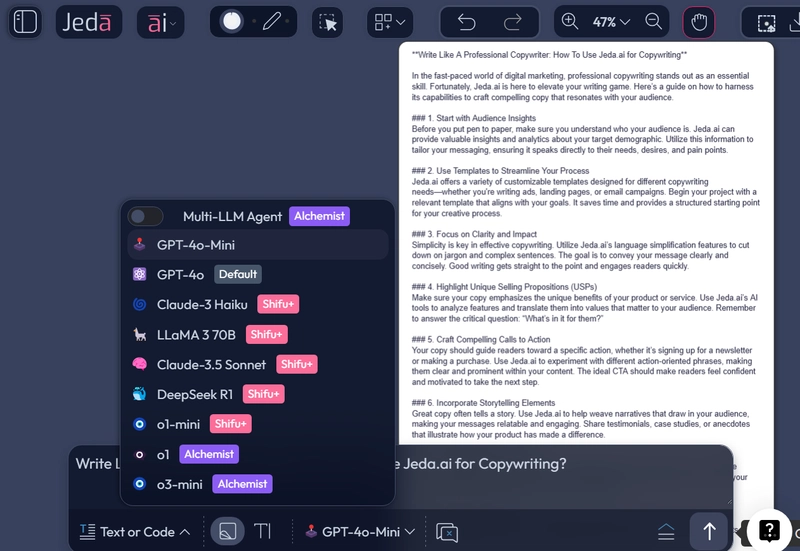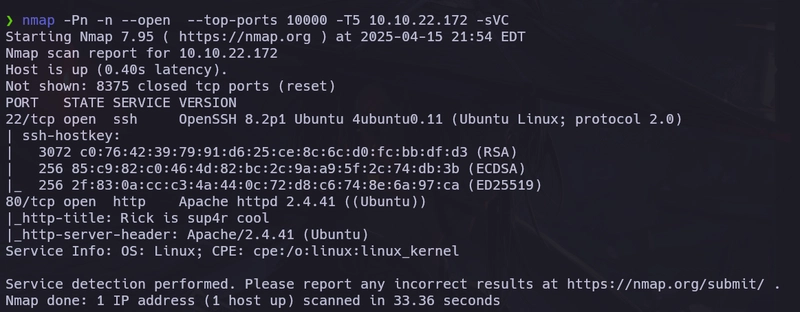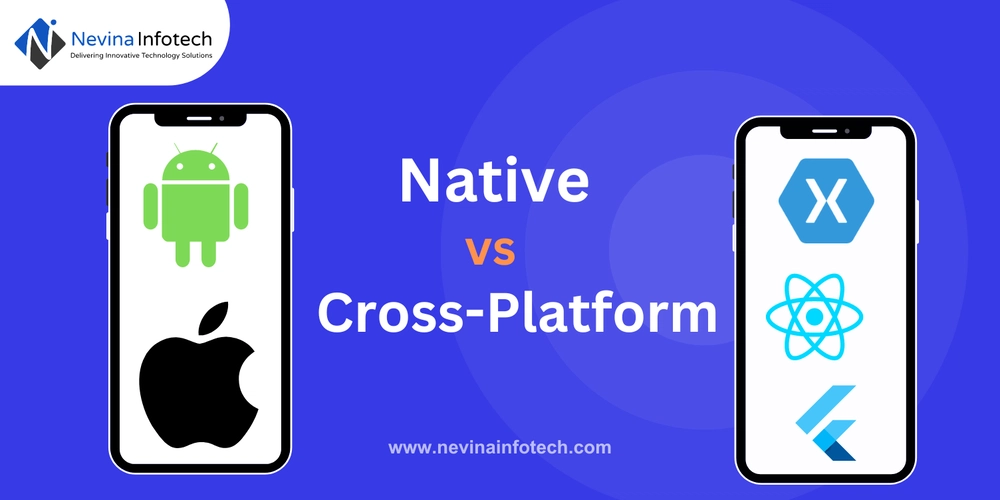SQL vs NoSQL for Large Tables: Choosing the Right Database for Big Data Applications
Introduction: With the increasing volume of data being generated daily, businesses and organizations need to manage large-scale databases more efficiently. As the size of tables grows, the choice between using SQL (Structured Query Language) and NoSQL (Not Only SQL) databases becomes crucial for performance and scalability. While both SQL and NoSQL are widely used in data management, their suitability for handling large tables varies significantly. In this article, we will delve into the strengths and weaknesses of both database systems and explore which one is better suited for handling very large tables. Understanding SQL Databases SQL databases, also known as relational databases, are structured systems that store data in tables with predefined schemas. The most commonly used SQL databases include MySQL, PostgreSQL, Oracle, and Microsoft SQL Server. These systems use a relational model to organize data, where each piece of data is stored in rows and columns, with relationships between tables established through foreign keys and primary keys. SQL databases provide powerful querying capabilities through the use of SQL queries, which allow users to retrieve, update, and manipulate data efficiently. The strength of SQL databases lies in their ability to enforce data integrity and consistency through features like ACID compliance (Atomicity, Consistency, Isolation, and Durability). This makes SQL databases highly reliable for handling transactional data, where data accuracy and consistency are paramount. However, when it comes to scaling SQL databases to handle very large tables, performance can become an issue. As the number of rows and the complexity of queries increase, SQL databases can experience slowdowns due to limitations in their architecture. The need to maintain strong consistency across multiple tables also adds overhead, making horizontal scaling (scaling across multiple machines) more challenging. What Are NoSQL Databases? NoSQL databases refer to a broad category of databases that do not follow the traditional relational model. They are designed to handle unstructured or semi-structured data, and they do not require predefined schemas. NoSQL databases include document-based databases like MongoDB, key-value stores like Redis, column-family databases like Cassandra, and graph databases like Neo4j. NoSQL databases are typically used for applications that require flexibility, scalability, and speed in handling large volumes of data. These databases excel in managing big data and can scale horizontally by adding more nodes to distribute the data. This makes them an ideal choice for high-velocity applications such as social media platforms, real-time analytics, and IoT systems. One of the defining features of NoSQL databases is their ability to handle massive amounts of unstructured or semi-structured data, such as JSON documents or key-value pairs, which can grow without a predefined schema. This schema-less nature allows for more flexibility when working with different types of data. NoSQL databases also offer high availability and fault tolerance, which are crucial in distributed computing environments. SQL vs NoSQL: The Key Differences for Handling Large Tables 1. Scalability Scalability is one of the primary considerations when dealing with large tables. As businesses grow, their data needs expand, and choosing a database system that can scale efficiently becomes essential. In terms of scalability, NoSQL databases have a distinct advantage over SQL databases. This is because NoSQL databases are designed to scale horizontally, meaning that data can be distributed across multiple machines (nodes) to handle increased loads. This approach, known as horizontal scaling, allows NoSQL databases to handle very large tables efficiently by adding more nodes to the cluster without significant performance degradation. In contrast, SQL databases are typically designed to scale vertically, which means that as the size of the data grows, the server’s hardware (CPU, memory, and storage) needs to be upgraded to accommodate the increase in data. While vertical scaling can handle some level of growth, it eventually reaches a point of diminishing returns. Additionally, scaling SQL databases horizontally (across multiple machines) requires complex configurations and may not be as seamless as with NoSQL databases. 2. Data Structure and Flexibility SQL databases are designed for structured data, where the schema is predefined and data must adhere to a set format. This structure makes it easier to maintain relationships between tables and ensures that data integrity is preserved. However, for large tables, maintaining the integrity of relationships and enforcing strict data types can become cumbersome. As the number of rows in a table increases, performing operations like joins and complex queries can result in slower performance. NoSQL databases, on t

Introduction:
With the increasing volume of data being generated daily, businesses and organizations need to manage large-scale databases more efficiently. As the size of tables grows, the choice between using SQL (Structured Query Language) and NoSQL (Not Only SQL) databases becomes crucial for performance and scalability. While both SQL and NoSQL are widely used in data management, their suitability for handling large tables varies significantly. In this article, we will delve into the strengths and weaknesses of both database systems and explore which one is better suited for handling very large tables.
Understanding SQL Databases
SQL databases, also known as relational databases, are structured systems that store data in tables with predefined schemas. The most commonly used SQL databases include MySQL, PostgreSQL, Oracle, and Microsoft SQL Server. These systems use a relational model to organize data, where each piece of data is stored in rows and columns, with relationships between tables established through foreign keys and primary keys.
SQL databases provide powerful querying capabilities through the use of SQL queries, which allow users to retrieve, update, and manipulate data efficiently. The strength of SQL databases lies in their ability to enforce data integrity and consistency through features like ACID compliance (Atomicity, Consistency, Isolation, and Durability). This makes SQL databases highly reliable for handling transactional data, where data accuracy and consistency are paramount.
However, when it comes to scaling SQL databases to handle very large tables, performance can become an issue. As the number of rows and the complexity of queries increase, SQL databases can experience slowdowns due to limitations in their architecture. The need to maintain strong consistency across multiple tables also adds overhead, making horizontal scaling (scaling across multiple machines) more challenging.
What Are NoSQL Databases?
NoSQL databases refer to a broad category of databases that do not follow the traditional relational model. They are designed to handle unstructured or semi-structured data, and they do not require predefined schemas. NoSQL databases include document-based databases like MongoDB, key-value stores like Redis, column-family databases like Cassandra, and graph databases like Neo4j.
NoSQL databases are typically used for applications that require flexibility, scalability, and speed in handling large volumes of data. These databases excel in managing big data and can scale horizontally by adding more nodes to distribute the data. This makes them an ideal choice for high-velocity applications such as social media platforms, real-time analytics, and IoT systems.
One of the defining features of NoSQL databases is their ability to handle massive amounts of unstructured or semi-structured data, such as JSON documents or key-value pairs, which can grow without a predefined schema. This schema-less nature allows for more flexibility when working with different types of data. NoSQL databases also offer high availability and fault tolerance, which are crucial in distributed computing environments.
SQL vs NoSQL: The Key Differences for Handling Large Tables
1. Scalability
Scalability is one of the primary considerations when dealing with large tables. As businesses grow, their data needs expand, and choosing a database system that can scale efficiently becomes essential. In terms of scalability, NoSQL databases have a distinct advantage over SQL databases. This is because NoSQL databases are designed to scale horizontally, meaning that data can be distributed across multiple machines (nodes) to handle increased loads. This approach, known as horizontal scaling, allows NoSQL databases to handle very large tables efficiently by adding more nodes to the cluster without significant performance degradation.
In contrast, SQL databases are typically designed to scale vertically, which means that as the size of the data grows, the server’s hardware (CPU, memory, and storage) needs to be upgraded to accommodate the increase in data. While vertical scaling can handle some level of growth, it eventually reaches a point of diminishing returns. Additionally, scaling SQL databases horizontally (across multiple machines) requires complex configurations and may not be as seamless as with NoSQL databases.
2. Data Structure and Flexibility
SQL databases are designed for structured data, where the schema is predefined and data must adhere to a set format. This structure makes it easier to maintain relationships between tables and ensures that data integrity is preserved. However, for large tables, maintaining the integrity of relationships and enforcing strict data types can become cumbersome. As the number of rows in a table increases, performing operations like joins and complex queries can result in slower performance.
NoSQL databases, on the other hand, offer more flexibility by allowing data to be stored in various formats, such as documents, key-value pairs, or column families. This flexibility enables NoSQL databases to handle large tables with diverse data types and structures more efficiently. For example, in document-based NoSQL systems like MongoDB, documents can be of varying sizes and structures, making it easier to handle large amounts of unstructured data. This flexibility also allows NoSQL databases to scale more easily by accommodating new types of data without requiring significant changes to the database schema.
3. Performance and Query Speed
Performance and query speed are critical factors when dealing with very large tables. SQL databases, while powerful in terms of querying capabilities, can experience performance issues when handling large tables. As the number of rows grows, complex queries with joins, aggregations, and subqueries can become slower. Indexing in SQL databases can help speed up certain queries, but as the size of the database increases, maintaining indexes becomes more challenging and resource-intensive.
NoSQL databases, particularly those designed for big data applications, are optimized for fast read and write operations. They often achieve high performance by using techniques like denormalization, where data is duplicated across different nodes to avoid the need for complex joins. This reduces the overhead associated with querying large tables. For instance, key-value stores like Redis can offer extremely fast lookups, and column-family databases like Cassandra are optimized for high write throughput and can handle massive tables with billions of rows.
In summary, while SQL databases provide powerful querying capabilities, NoSQL databases are better suited for high-performance, large-scale data operations where speed and low-latency access to large tables are required.
4. Consistency and Transactions
SQL databases are known for their strict adherence to ACID principles (Atomicity, Consistency, Isolation, and Durability). This means that SQL databases ensure that transactions are processed reliably, and data integrity is maintained even in the event of a failure. However, this strong consistency model can be a limitation when dealing with large tables, as the system may experience slower performance when ensuring that all data is consistent across the database.
NoSQL databases often follow a more relaxed consistency model, such as Eventual Consistency, where data consistency is not guaranteed immediately but will eventually be consistent across all nodes. This model allows NoSQL databases to provide high availability and fault tolerance, making them ideal for distributed systems and applications that need to handle large-scale data. However, this tradeoff can result in temporary inconsistencies, which may not be acceptable for certain applications that require strict consistency.
When choosing between SQL and NoSQL for large tables, the need for strong consistency should be weighed against the requirements for performance and scalability. Applications like financial systems that require ACID compliance may be better suited to SQL databases, while applications like social media platforms or big data analytics, where performance and scalability are critical, may benefit from the relaxed consistency model of NoSQL databases.
5. Maintenance and Administration
SQL databases have been around for decades, and as a result, they are well-documented and widely understood. Administering and maintaining SQL databases requires knowledge of schema design, indexing, and query optimization. While SQL databases provide robust tools for managing large tables, as the size of the data grows, the complexity of maintenance also increases. For example, partitioning tables and optimizing indexes for performance can be resource-intensive.
NoSQL databases, on the other hand, are often easier to scale horizontally due to their distributed nature. NoSQL systems are designed to handle large datasets by distributing the data across multiple nodes, making it easier to scale as data grows. However, NoSQL databases can be more difficult to administer due to their flexible schema and varying data models. The lack of a strict schema means that database administrators must implement strategies for ensuring data consistency and integrity across large tables and distributed systems.
Conclusion: Which Database is Better for Large Tables?
Both SQL and NoSQL databases have their strengths and weaknesses when it comes to handling very large tables. The choice between the two depends on the specific requirements of the application and the type of data being managed. If the application requires strong consistency, transactional support, and a structured schema, SQL databases may be the better choice, provided that scaling is not a major concern.
On the other hand, if the application requires high performance, horizontal scalability, and flexibility in data structure, NoSQL databases are better suited for handling large tables. NoSQL databases, such as MongoDB, Cassandra, and Redis, are optimized for managing big data, offering the scalability and performance required for large-scale applications.
In the end, the decision comes down to the trade-offs between consistency, performance, and scalability. By carefully considering these factors, businesses can choose the right database system to handle their large tables efficiently and effectively.










































































































































































![[The AI Show Episode 144]: ChatGPT’s New Memory, Shopify CEO’s Leaked “AI First” Memo, Google Cloud Next Releases, o3 and o4-mini Coming Soon & Llama 4’s Rocky Launch](https://www.marketingaiinstitute.com/hubfs/ep%20144%20cover.png)






































































































































































































![Blue Archive tier list [April 2025]](https://media.pocketgamer.com/artwork/na-33404-1636469504/blue-archive-screenshot-2.jpg?#)
































.png?#)









-Baldur’s-Gate-3-The-Final-Patch---An-Animated-Short-00-03-43.png?width=1920&height=1920&fit=bounds&quality=70&format=jpg&auto=webp#)




































































































































![Apple to Split Enterprise and Western Europe Roles as VP Exits [Report]](https://www.iclarified.com/images/news/97032/97032/97032-640.jpg)
![Nanoleaf Announces New Pegboard Desk Dock With Dual-Sided Lighting [Video]](https://www.iclarified.com/images/news/97030/97030/97030-640.jpg)

![Apple's Foldable iPhone May Cost Between $2100 and $2300 [Rumor]](https://www.iclarified.com/images/news/97028/97028/97028-640.jpg)






































































































































